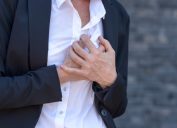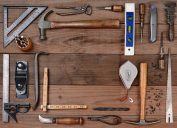Can You Ace These Basic Boy Scout Merit Badge Questions?
Boy Scout training is more than just learning how to tie a knot and starting campfires.

National Boy Scouts Day is celebrated every year on Feb. 8. It's a day when people around the world—yep, the Scouts is an international organization—celebrate the character building work done by those moving from Tenderfoot to Eagle (or just hanging out and learning to tie knots). The organization's numerous merit badges cover everything from basic first aid and crime prevention to moviemaking and geocaching. So while Boy Scouts might be aimed at young teenagers, the skills learned there are anything but child's play. Test your own knowledge of some of these Scouting essentials by taking this Boy Scouts quiz and finding out whether you would be worthy of a merit badge.
Question: What's the number one priority in backcountry survival?
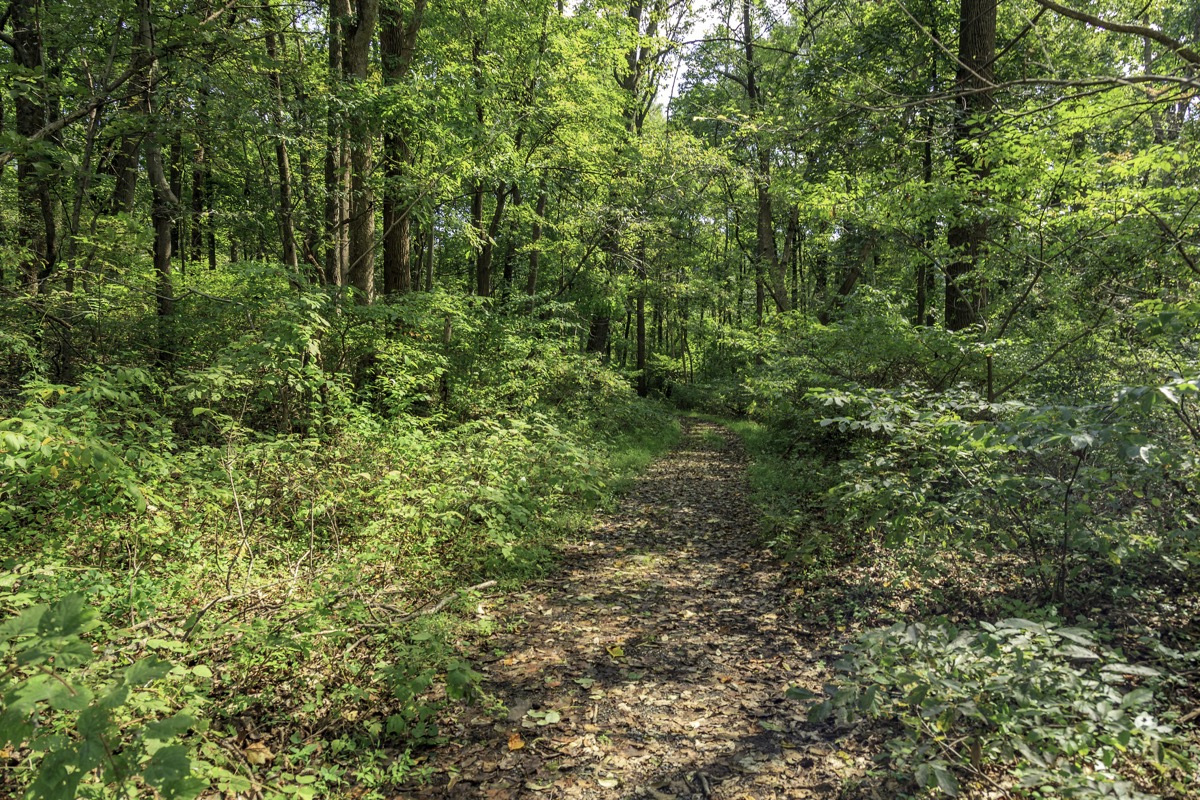
When lost in the woods or separated from your group while camping, what is the most important thing you'll need?
Answer: A positive mental attitude.

That's right. Not food, water, or a comfy tent—a positive outlook makes all the difference between survivors and those in serious danger.
Question: What are the other six survival priorities?
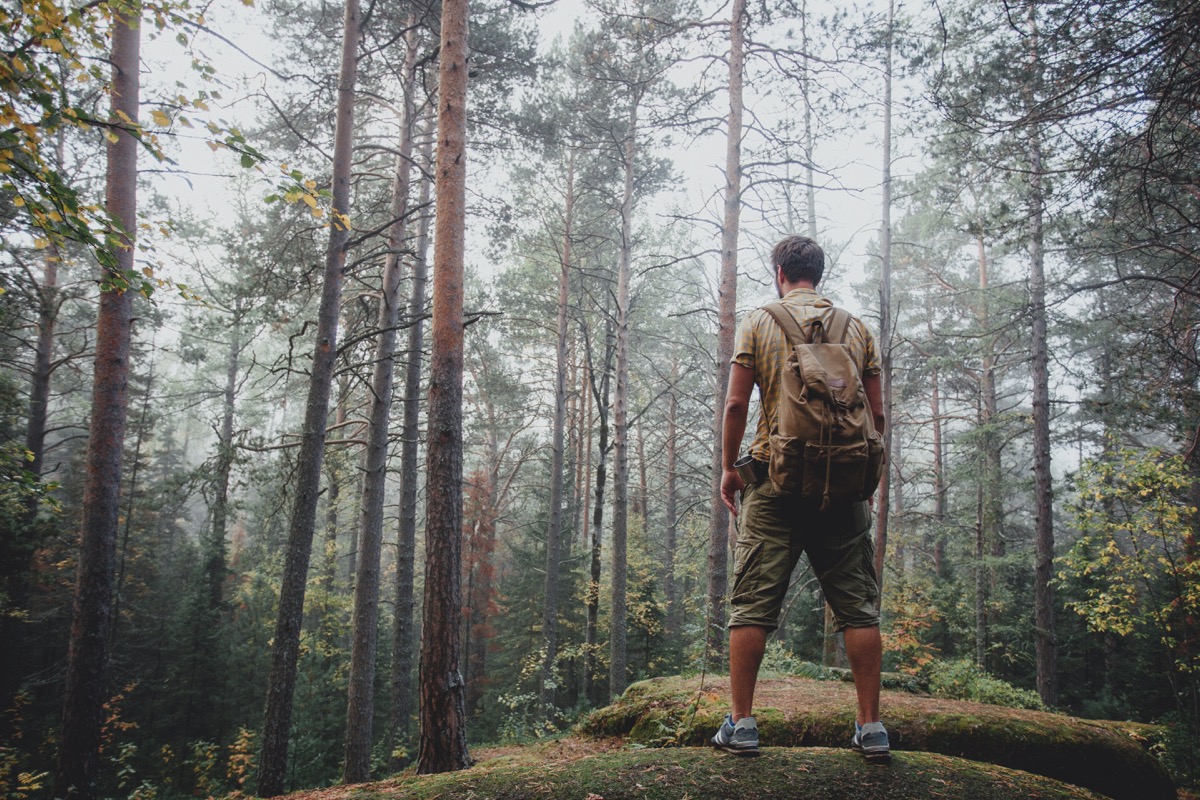
The Wilderness Survival merit badge lists seven total priorities. Following "a positive mental attitude," there are six other must-haves for those who are stranded.
Answer: First aid, shelter, fire, signaling, water, and food.

Again, the order might surprise you. Like, how are water and food at the bottom of the list? But remember: Your goal is to be found safely. That means fixing any injuries, protecting yourself from the elements, staying warm, and finding ways to alert outsiders of your location. And then you can start worrying about having sustenance for the long term.
Question: What does PFD stand for in rowing?

No, this is not some kind of weird new type of file on your computer. It's a specific tool that any Scout would be able to name.
Answer: Personal floatation device.

As in, a life jacket, life preserver, or any other device that allows the wearer to remain afloat when in water.
Question: Which of these things should be avoided when carving?
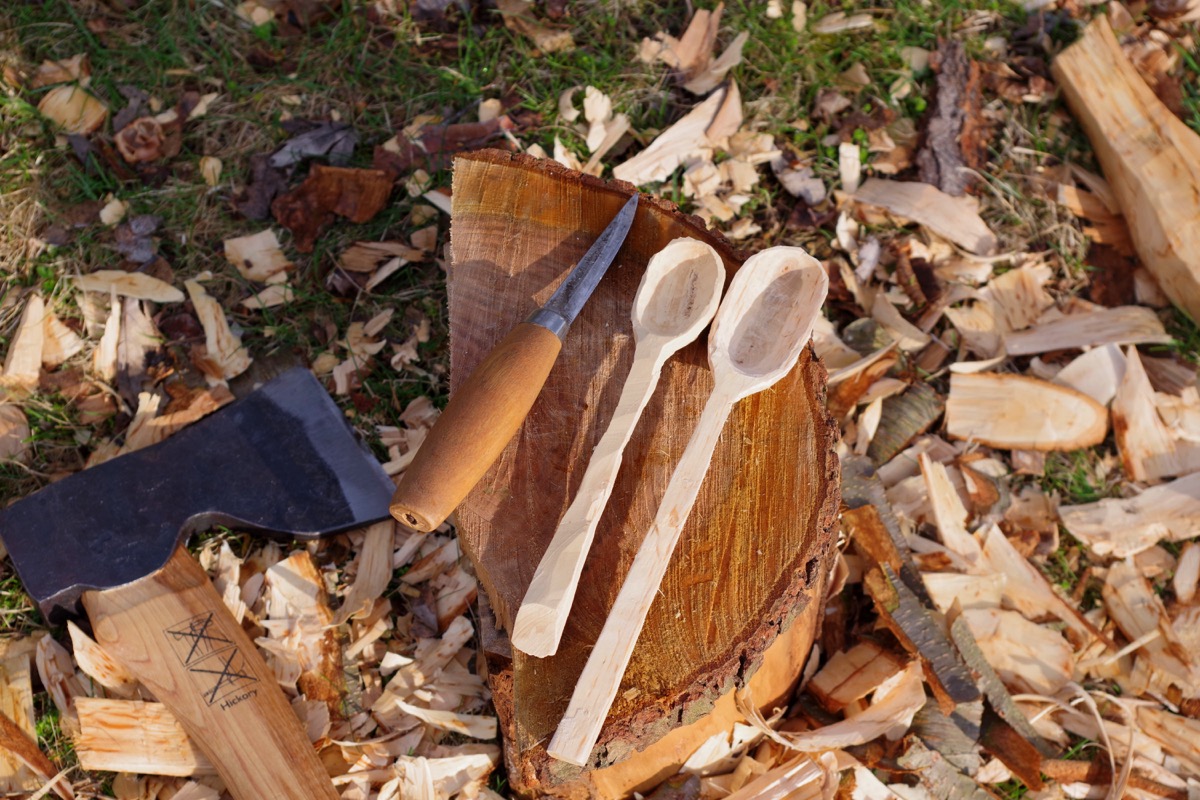
A. Carving in your lap
B. Using long strokes
C. Carving near your face
D. All of the above
Answer: All of the above.
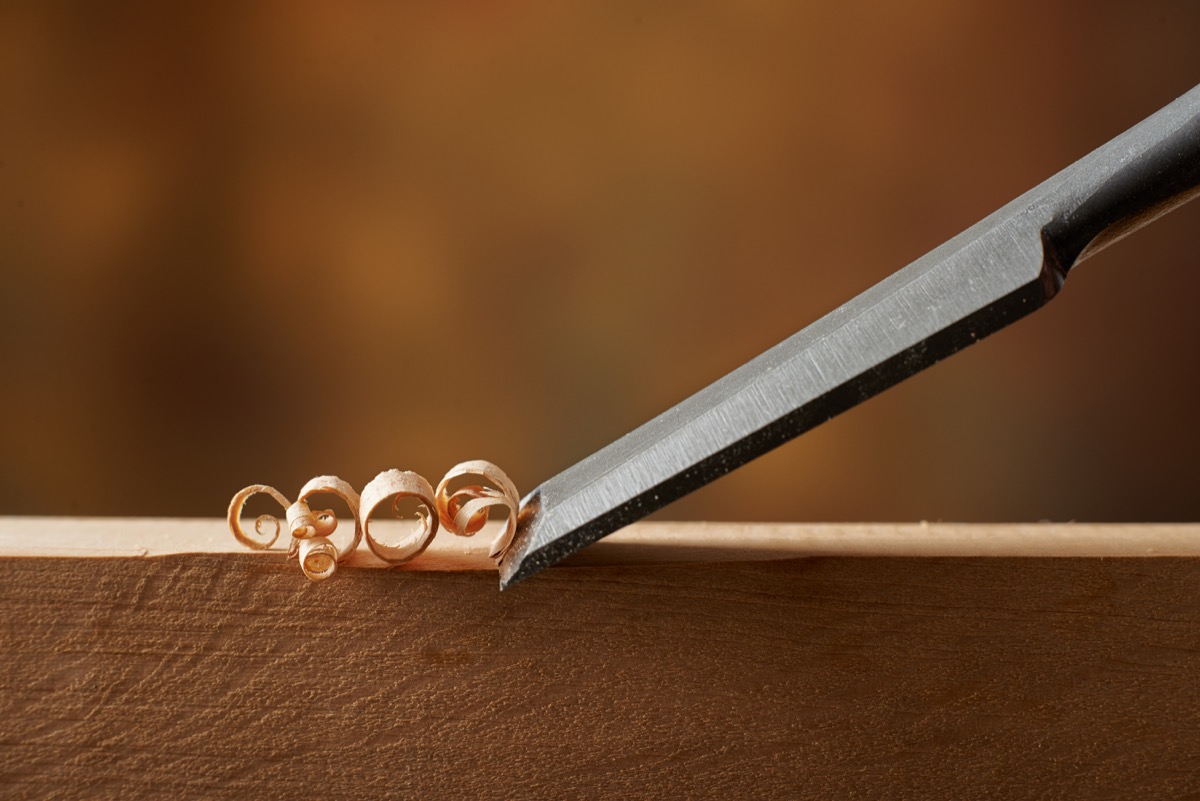
All three of those options are bad when it comes to carving. You should always carve at a table, at a distance from your face and throat, and using small, well-placed strokes (both for safety and to ensure your project looks how you want it to).
Question: Name three methods (other than matches) to build a fire.
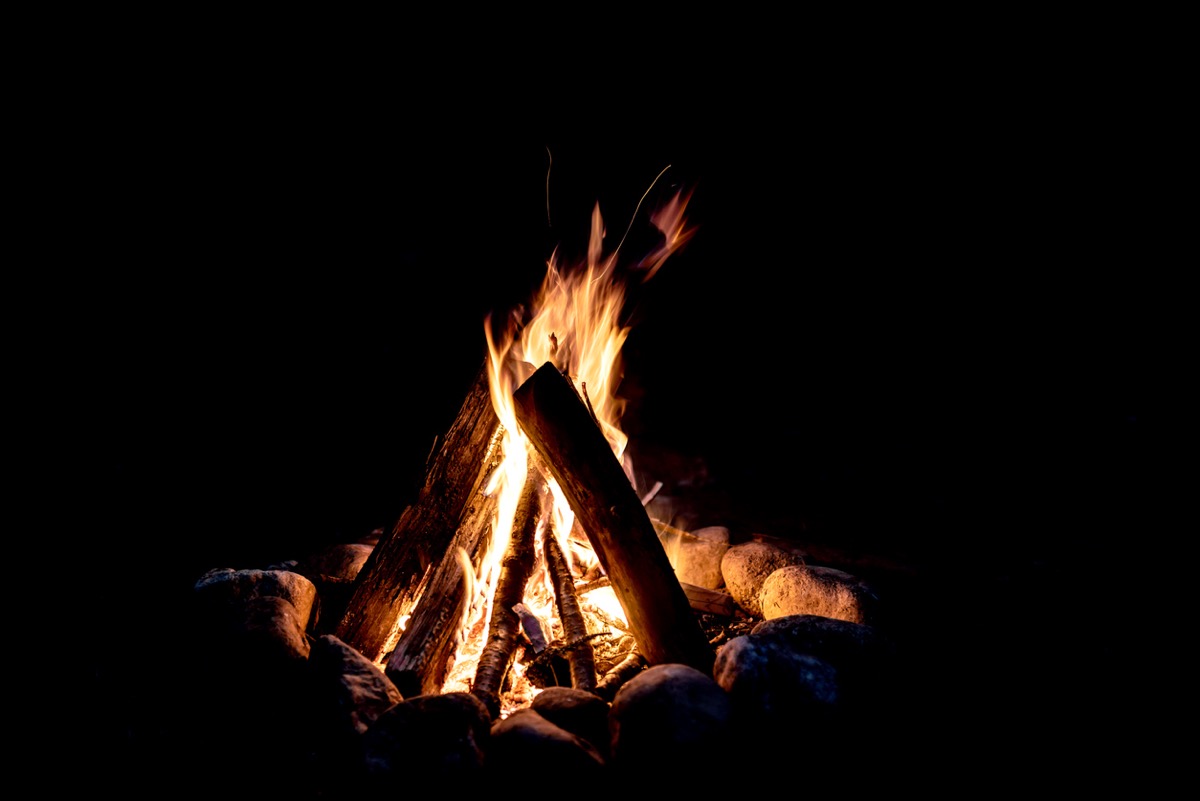
To get the Wilderness Survival badge, any Scout must be able to use three methods—besides striking a match—to light a fire. And no, a "lighter" doesn't count either.
Answer: Flint and steel, magnifying glass, or friction.

Each of these methods has their advantages and disadvantages—not everyone has flint and steel handy, and wood has to be very dry for friction to work effectively—but all are ways to get a fire started when you don't have a match.
Question: Which kind of lashing binds together two things at right angles to each other—square lashing or round lashing?
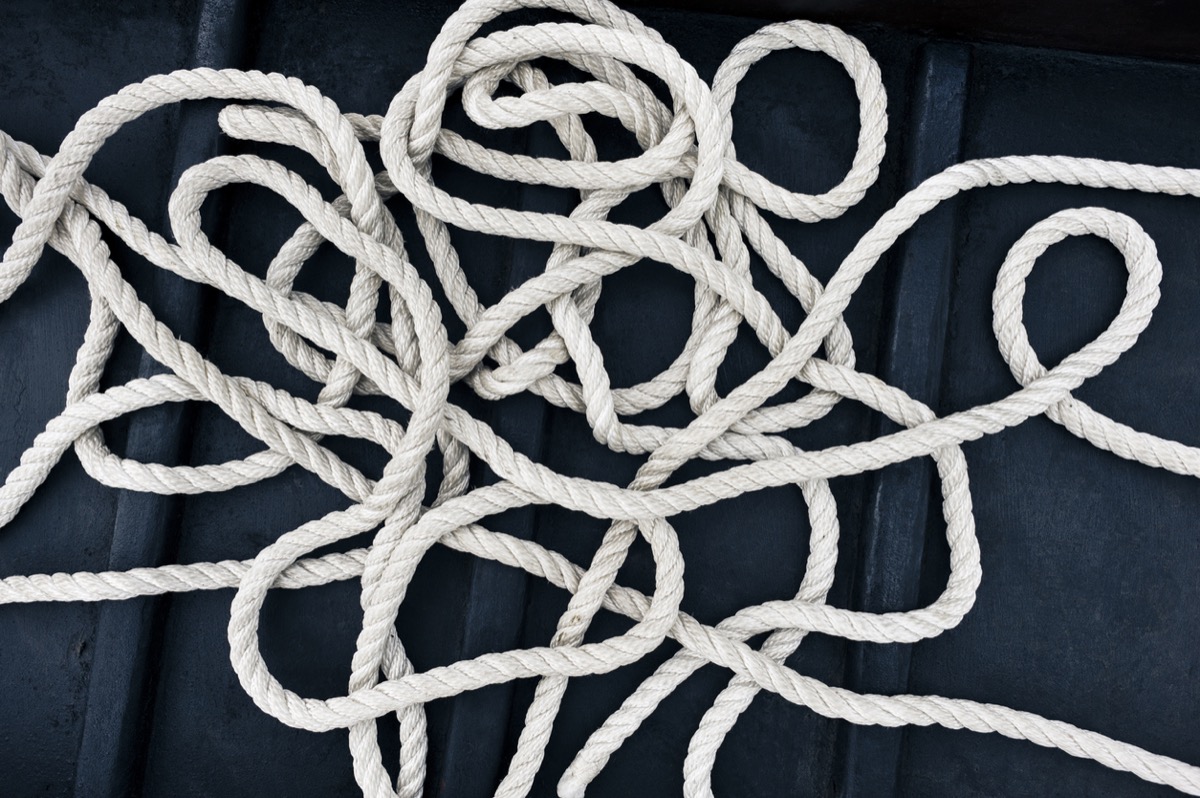
If you are creating a cross with two pieces of wood, there is a particular type of lashing that works best to keep the two parts together.
Answer: Square lashing.
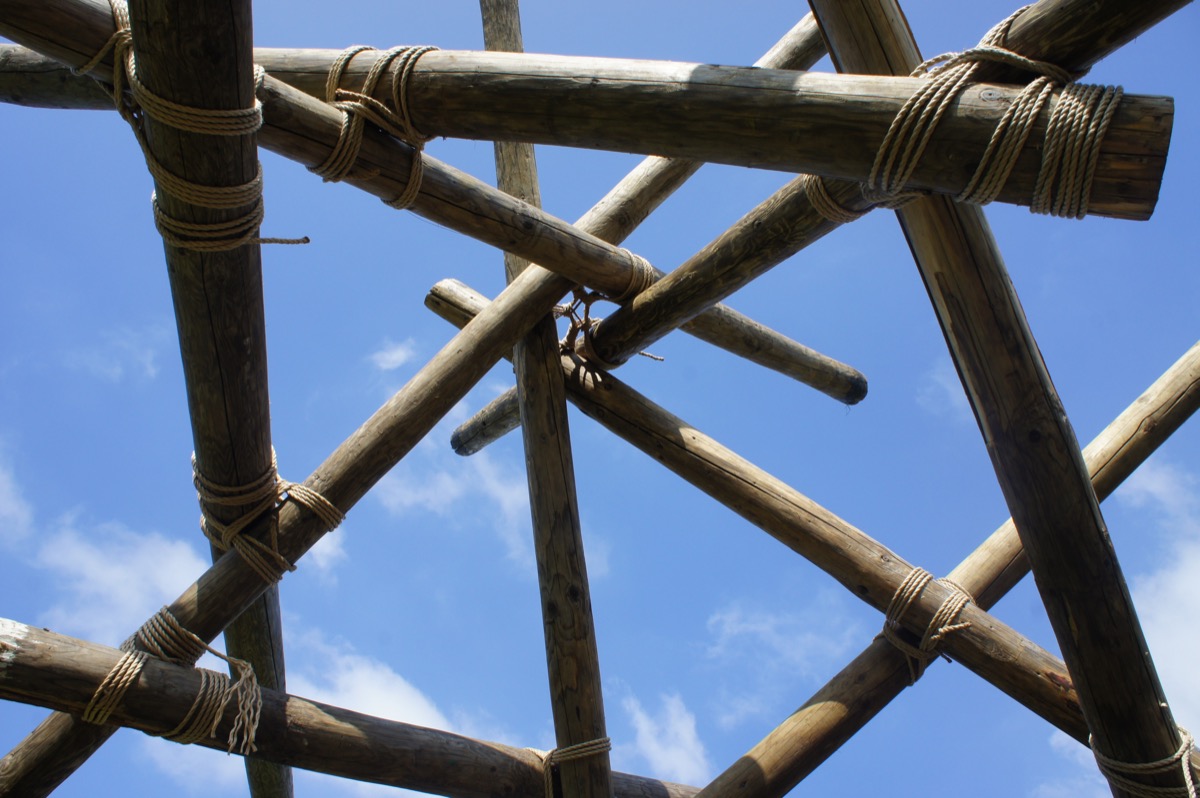
The two pieces you are connecting are "square" with each other, hence the term "square lashing." This connects the two pieces together in a secure, perpendicular way.
Question: Which knot ties together the ends of two ropes—sheet bend or timber hitch?

When you have two pieces of rope that you want to connect, there's a perfect knot for the job, according to the Pioneering merit badge requirements. Which one is it?
Answer: Sheet bend.
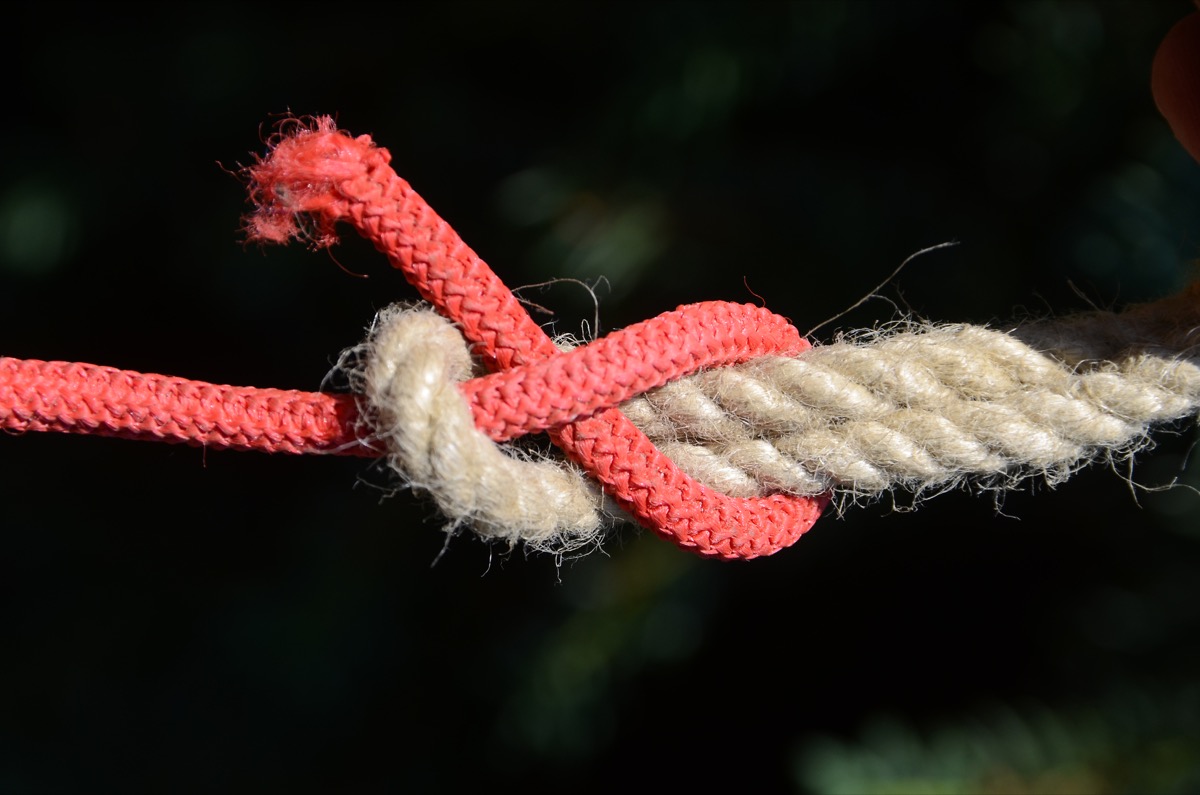
With this knot, the larger of the two ropes creates a "bend" that the smaller one ties around. On the other hand, the timber hitch is a knot used for—as it sounds—dragging a log. The knot tightens as you pull it, but is easy to untie once you get the log where it needs to be.
Question: What's a way to purify water in the wilderness?

For the Wilderness Survival badge, you must demonstrate three ways to treat water in order to make it drinkable.
Answer: Either boil it, use chemical purification, or use a water filtration system.
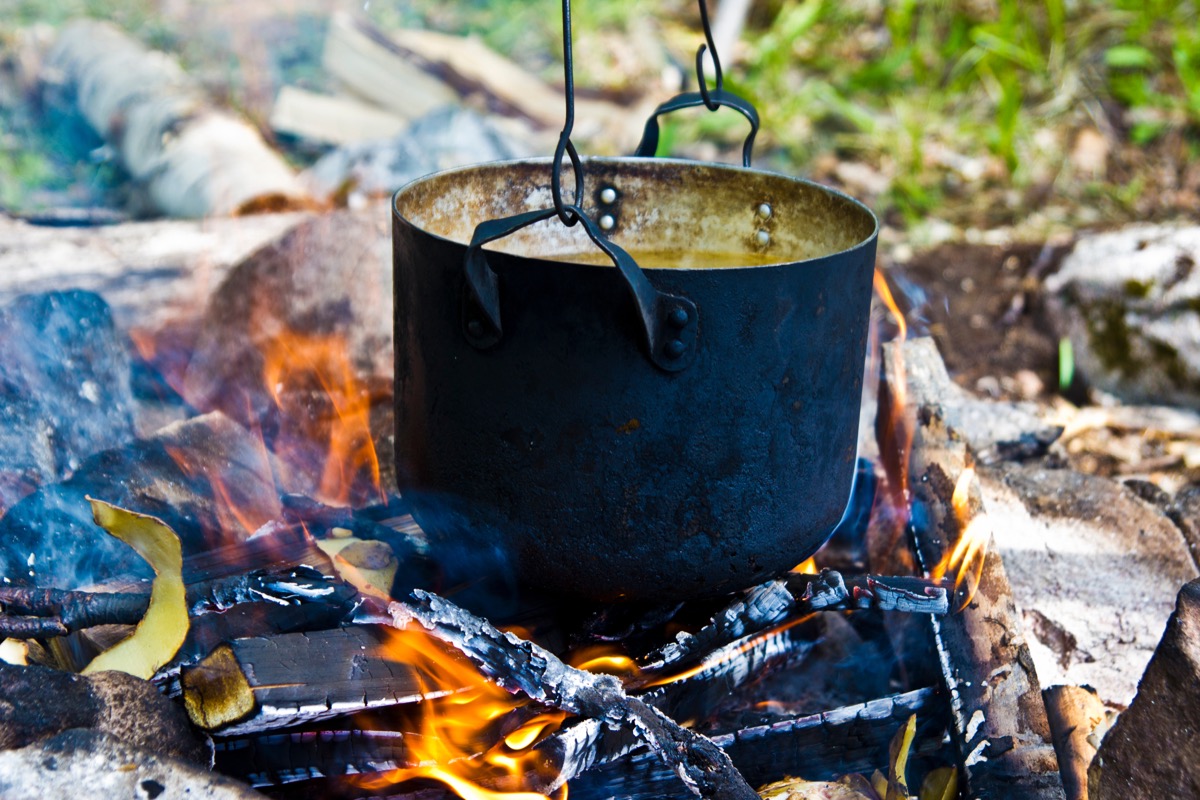
The simplest method is probably the first one, especially if you didn't pack much. But you can also consider iodine pills, which kill most waterborne pathogens (even if they make the water taste kind of gross), or a filter that strains out microorganisms.
Question: Name three "outdoor essentials."
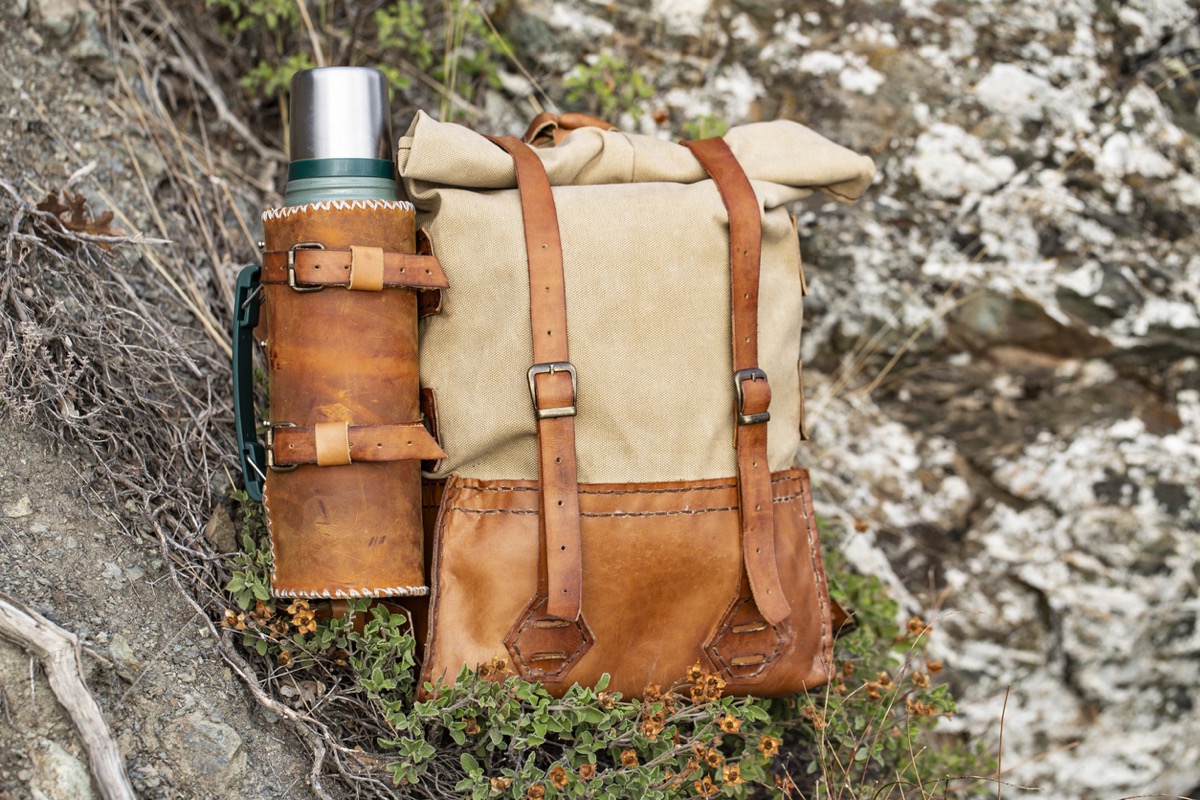
The Camping merit badge asks Scouts to list all 10 of the Boy Scouts of America's Outdoor Essentials needed for any campout. These are items no Scout should start a hike, camping trip, or any other outing without. Can you name three of them?
Answer: A pocketknife, first-aid kit, extra clothing, rain gear, flashlight, trail food, water, matches and fire starters, sun protection, as well as a map and compass.

These are the must-have items for any Scout.
Question: Name two common tent shapes.

There are four different tent shapes, according to the Camping merit badge. Can you name at least half of them?
Answer: Tarp, A-frames, domes, and hybrids.
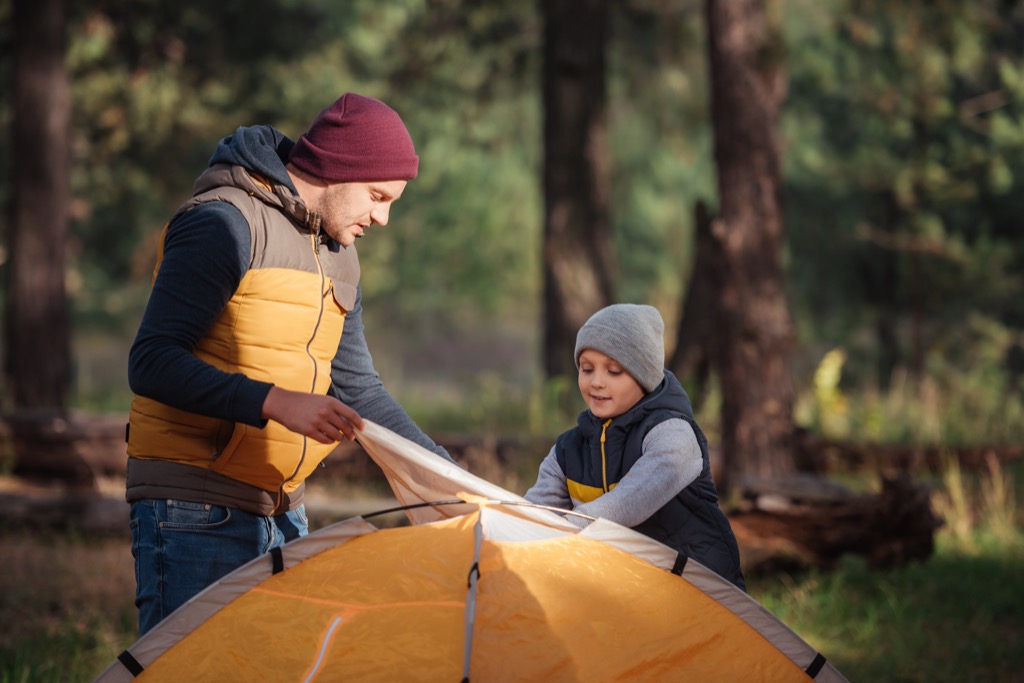
A-frames and domes are pretty obvious and likely ones the average camper has encountered before. But don't forget about the humble tarp or the catchall hybrid, which can look like a half-dome, tunnel, or rounded A-frame (pretty much anything that's not clearly one of the other three).
Question: Which of these is NOT on the list of stove safety tips?
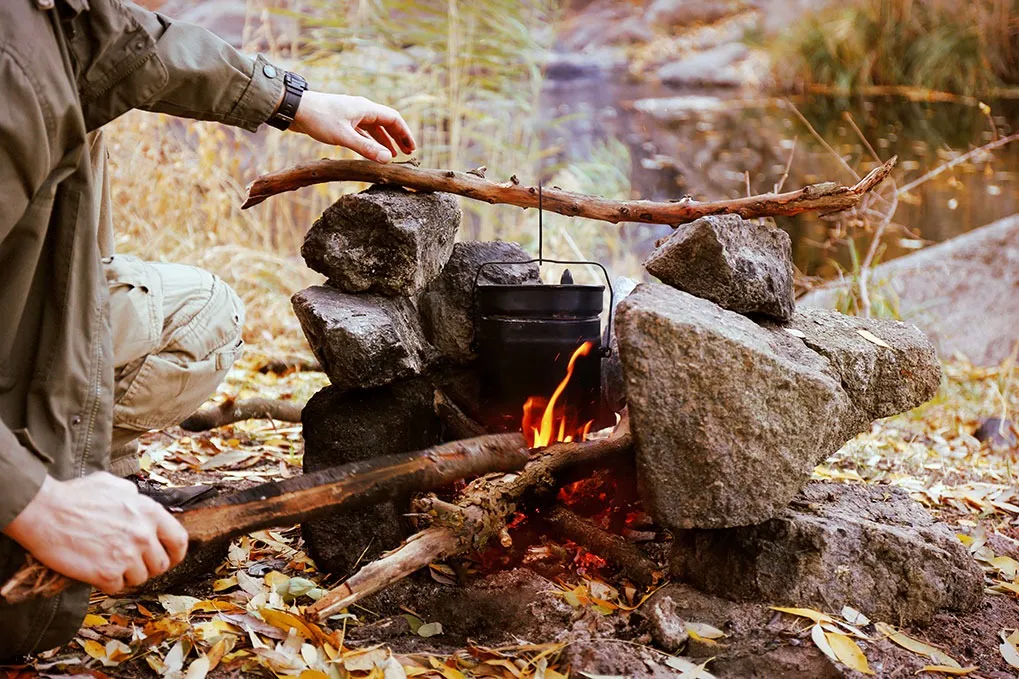
A. Never use a stove inside or near a tent
B. Even if they are empty, keep fuel bottles and canisters away from sources of heat
C. Only leave a stove unattended if the heat is turned down to low
D. None of the above
Answer: Only leave a stove unattended if the heat is turned down to low.

As the Camping merit badge pamphlet states, never leave a burning stove unattended.
Question: How should you remedy frostbitten fingers?

If camping in cold temperatures, a person's fingers, toes, or other extremities may suffer from frostbite, as ice crystals form in the tissues. How should you fix that?
Answer: Lightly warm the affected area.
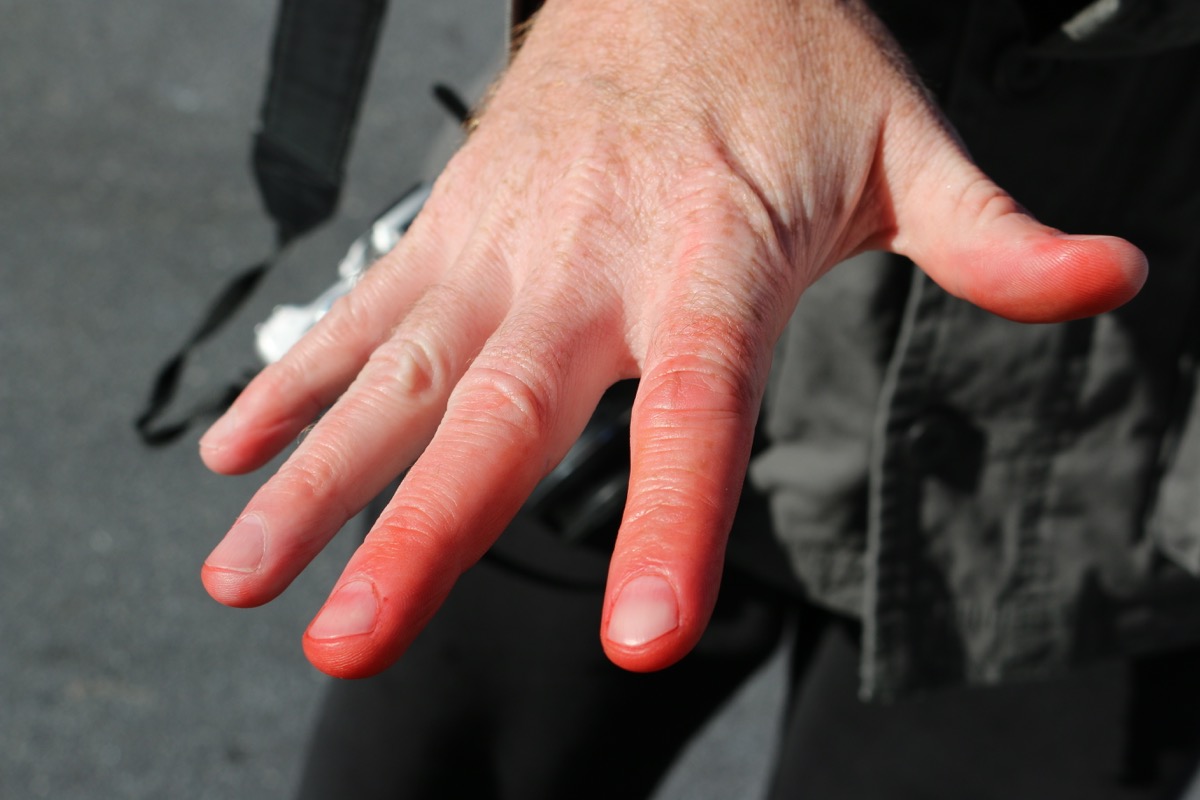
While it might seem like a smart idea to put a frostbitten finger directly in front of a fire, that's the opposite of what you should do. Instead, you should only lightly warm the frostbitten area—perhaps by putting it against your warm skin or underneath an armpit. Since the nerves are likely damaged, putting it near an open flame could leave it vulnerable to being burned without the victim realizing it.
Question: Which is more serious, heat exhaustion or heat stroke?

Both of these issues can affect a person who is spending too much time in the heat, but there are important distinctions between the two.
Answer: Heat stroke.

Heat exhaustion leads to a lack of energy, a feeling of weakness, and sometimes faintness, but heatstroke—when the body's cooling system begins to fail and the victim's core temperature rises above 105 degrees—can result in death if left untreated.
Question: Which of these is a warning sign of a heart attack?

A. Nausea
B. Shortness of breath
C. Feeling of weakness
D. Unusual sweating
E. All of the above
Answer: All of the above.

In addition to those symptoms in the previous slide, you can also add a persistent, uncomfortable pressure, or a feeling of pain in the center of one's chest. If someone is exhibiting these signs, you should administer first aid for a heart attack.
Question: When administering CPR, what does A-B-C-D stand for?
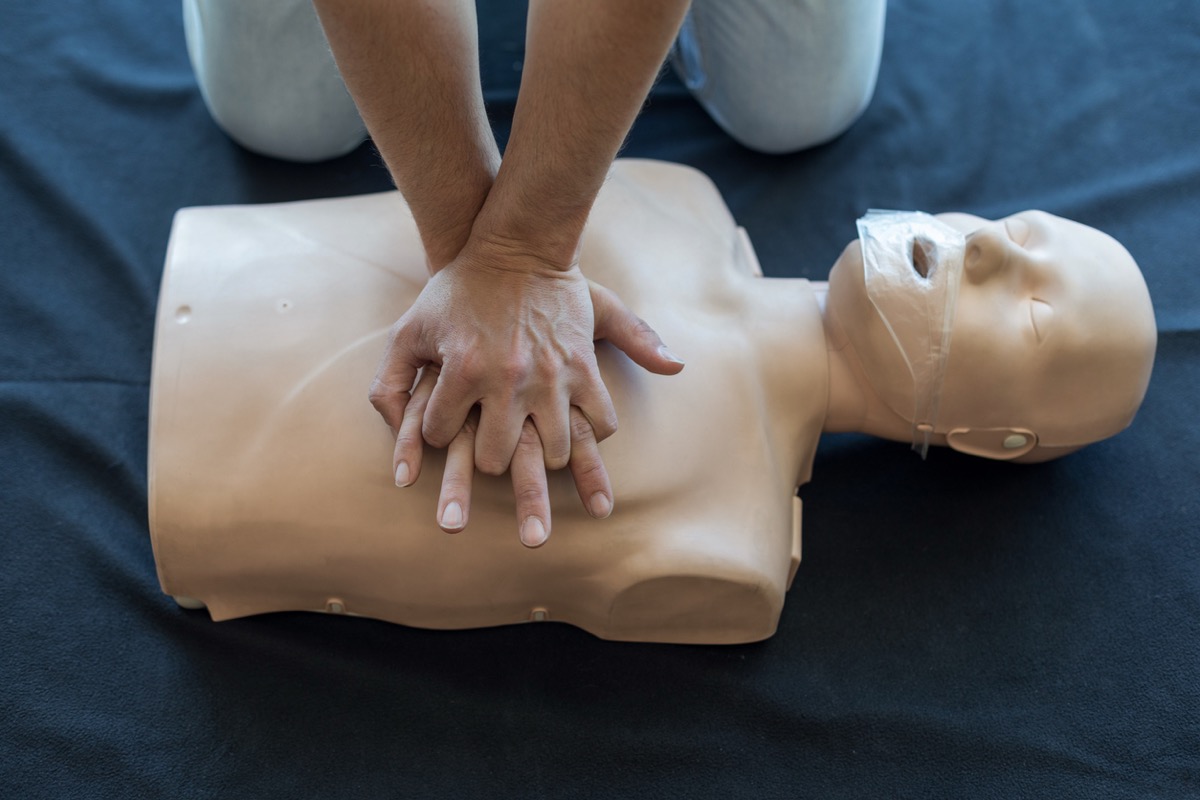
The steps in administering CPR are more easily remembered by assigning them with the alphabetical order of A-B-C-D. But what does each of those letters stand for?
Answer: Airway, Breathing, Circulation, and Defibrillation.
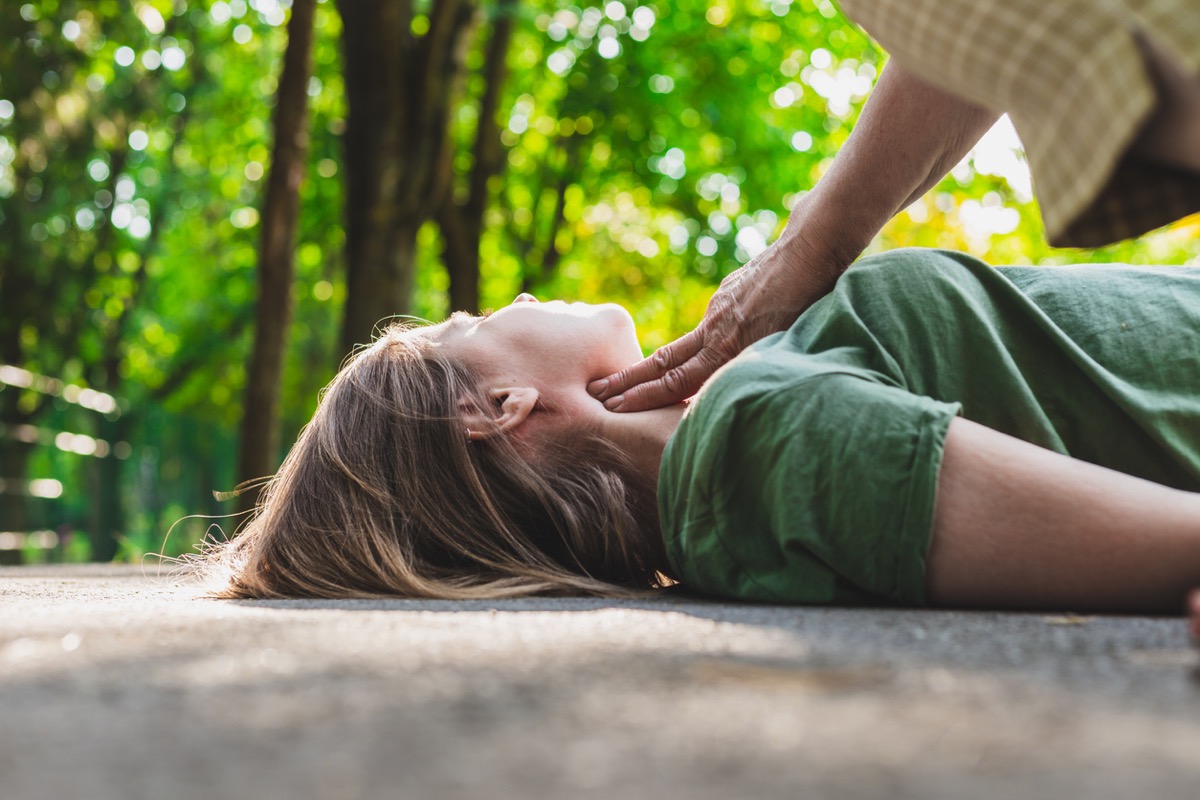
That is, check their airway to be sure it's not blocked (by carefully tilting their head back), place your cheek above their mouth to see if you feel any breath on it, use compressions on their chest to attempt to restart circulation (if the heart has stopped beating), or use a defibrillator to do the same. But do not try this at home—only those trained in CPR should administer it.
Question: How many "Leave No Trace" principles are there when camping?
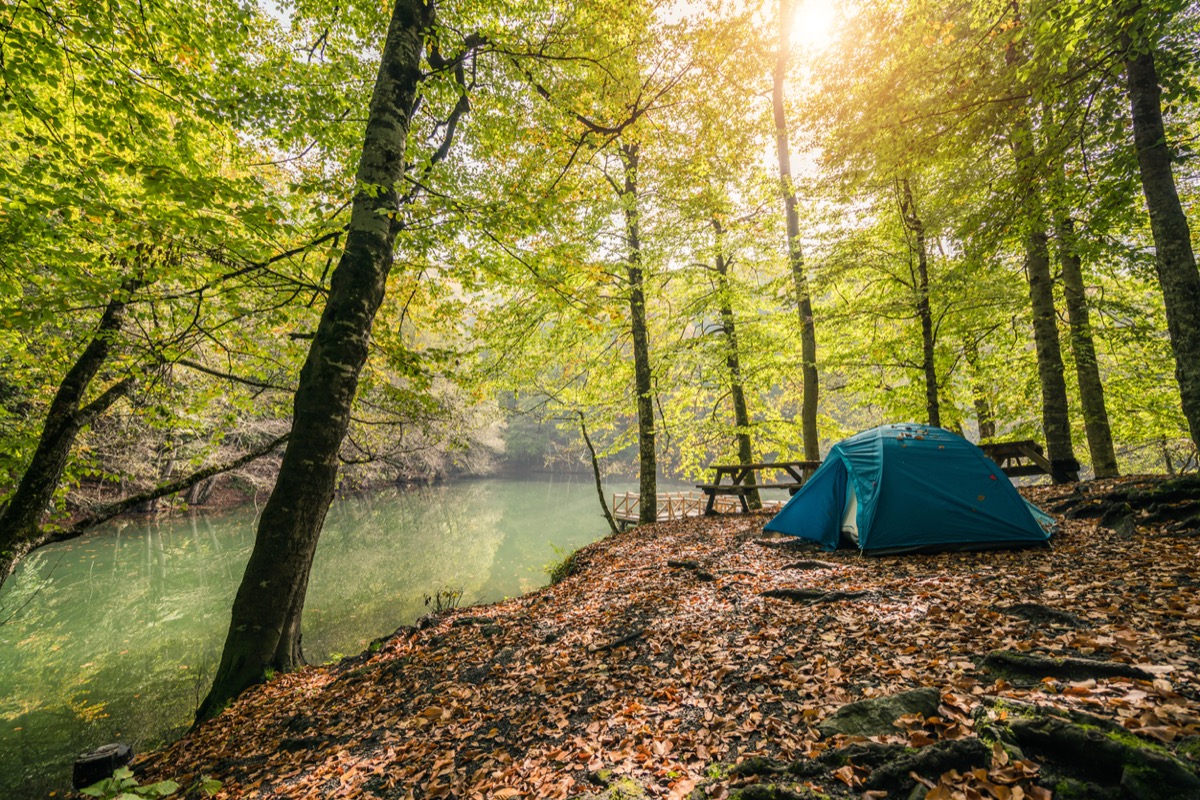
Understanding and explaining these principles is one of the first requirements for the Camping merit badge. They're also useful guidelines for anyone spending time in nature.
Answer: Seven.

They are: Plan ahead and prepare, travel and camp on durable surfaces, dispose of waste properly, leave what you find, minimize campfire impacts, respect wildlife, and be considerate of other visitors.
Question: In which types of situations should you treat an accident victim for shock?

Accident-related shock, in which the circulatory system fails to maintain adequate blood flow, can create all kinds of issues, including low blood pressure and hyperventilation.
Answer: In every situation.

Shock results often enough from all types of accidents that it is wisest to treat every victim of a serious accident as if they are suffering from shock. That means summoning emergency aid, monitoring the victim to be sure they are breathing regularly, and raising their feet slightly to move blood to their vital organs.
Question: Which of these items do NOT need to be in your personal first-aid kid?

A. Soap
B. Gauze pads
C. Scissors
D. Pencil and paper
E. None of the above
None of the above.

"Pencil and paper" might seem like an odd item to include, but it may be necessary to log treatments and important info that can be passed along to paramedics.
Question: Name a way to attract a rescue plane.

If stranded in the wilderness, your best bet for rescue is often by catching the attention of someone flying by in an airplane. But how?
Answer: Signal fires and smoke, mirror, or symbols.
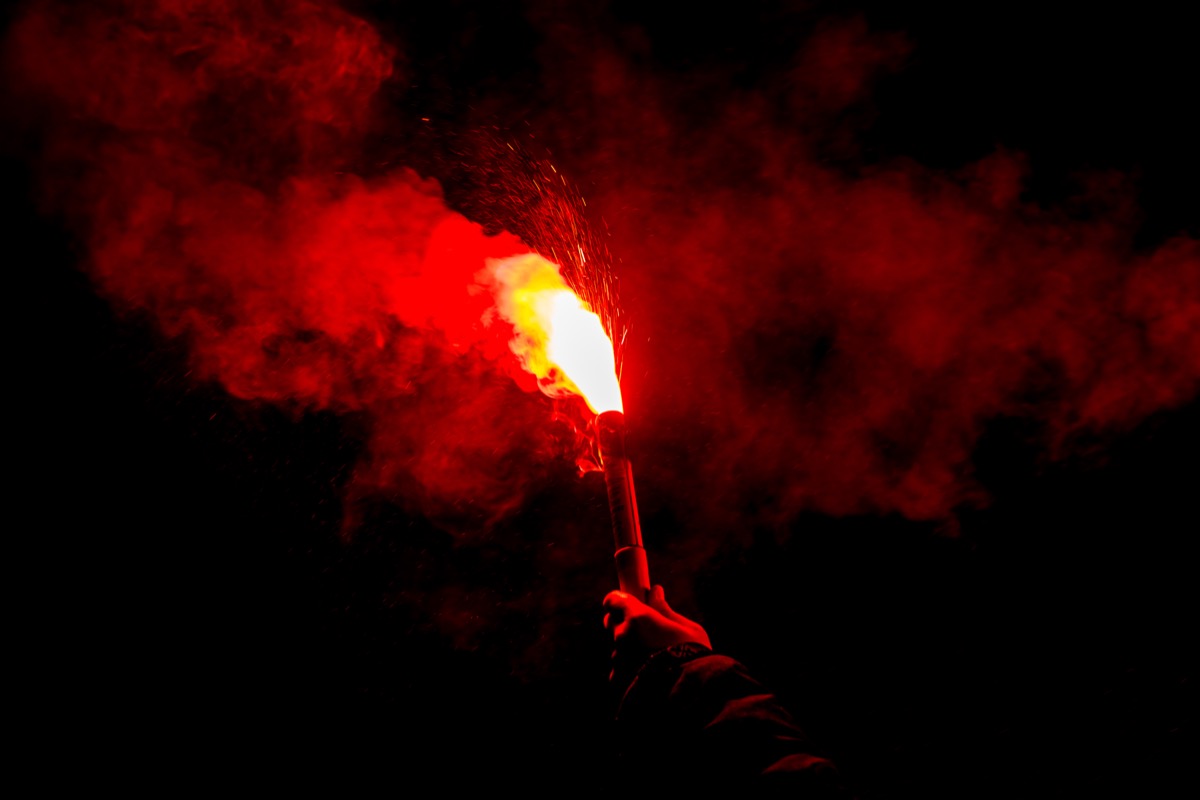
Attract a plane's attention with fire at night and smoke during the day. When the sun is out, a mirror can be an effective way to triangulate between the sun and the plane, using the flash of the light to catch the pilot's eyes. If you're near a clearing, place garments or strips of cloth into a noticeable symbol that will catch the eye of the pilot.





